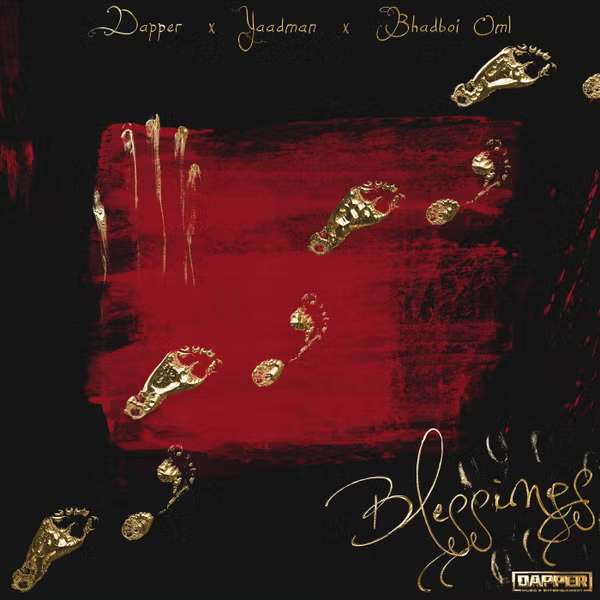A myriad of ritual practices exist around the world, including tattooing, body piercing, and, as one corner of India reveals, nose plugging. The Apatanis are a major ethnic group residing in the valleys of Ziro in Arunachal Pradesh, in northeastern India.
On their piece of land, the Apatani Plateau, the Apatani tribespeople make a living from farming and fishing. They follow an animistic religion known as Donyi-Polo, in which Donyi means the Sun and Polo the Moon–opposite but complementary forces, similar to yin and yang.
It is a common religion of the ancient Sino-Tibetan tribes in the Indian state of Arunachal Pradesh. The women in the tribe, exceptionally beautiful, were captured by neighboring tribesmen in the past.
To prevent this from happening, the village elders proposed that each woman inserts nose plugs and also have facial tattoos to make them less attractive to the raiders.
Perhaps the practice began as a precautionary measure to protect the women from abduction, but it grew to become a vital part of Apatani culture and tradition.
This age-old tradition was observed until the 1970s when the government imposed a ban on the nose plugs incisions. At present, only the last generation of older women from the Apatani villages have prominent facial emblems, a reminder of a cultural practice that is now chronicled in the past.
It just restricted the Apatani tribe to their nose plugs and tattoos, they are one of the major ethnic groups of eastern Himalayas, and have a distinct civilization with systematic land use practice and rich traditional ecological knowledge of natural resources management and conservation, acquired over the centuries through informal experimentation.
The tribe is known for its colorful culture with various festivals, intricate handloom designs, skills in cane and bamboo crafts, and vibrant traditional village councils called bulyañ.
This has made Ziro Valley a good example of a living cultural landscape where man and environment have harmoniously existed together in a state of interdependence even through changing times, such as co-existence being nurtured by the traditional customs and spiritual belief systems.
However, the elder women of the tribe consider the nose plugs and tattoos as an integral part of being a Tani woman. Those who have the largest nose plugs have even been awarded.
Over the years, this practice became a visual identification of being an Apatani woman. The remaining bearers of this practice appear to be proud of this identity.



























